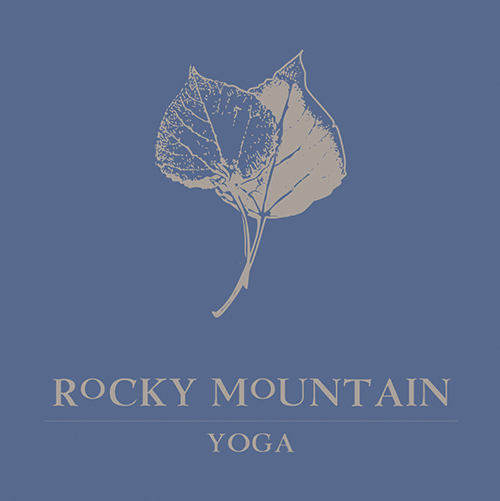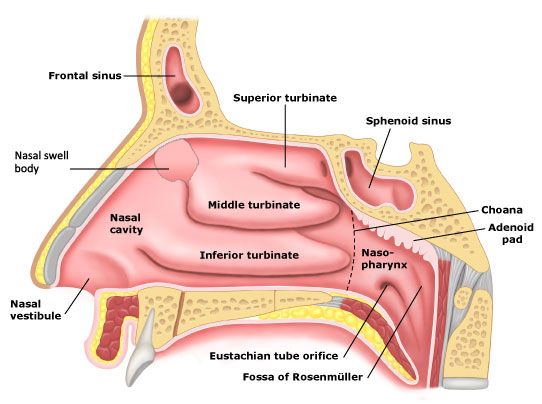It’s not uncommon for me to observe my clients breathing through their mouths. I believe the habit comes from the fitness industry. If you see someone mouth breathing while heavily exercising they are trying to expel carbon dioxide. When not eliminated through the breathing process the CO2 (and other waste products) end up being pushed into the muscles where they are crystallized, causing stiffness and soreness.
Mouth breathing is ideal for emergencies. You quickly gasp – an upper chest breathing pattern that triggers stress receptors and prepares you for fight or flight. The stress of modern life has conditioned us to breathe this way. The result: our bodies get the message that they are in a constant state of emergency.
SO WHY BREATHE THROUGH YOUR NOSE?
- The mucous membranes and small hairs in the nose filter and warm the air
- Bones in the nose called turbinates direct air into the lower lung lobes where there are calming and rejuvenating receptors. Air also enters the lower lungs more slowly which allows for a more effective and efficient exchange of oxygen and CO2. This in turn activates a parasympathetic response, the part of the autonomic nervous system that slows the heart rate and promotes digestion along with other calming bodily functions. Mouth breathing, on the other hand, activates the sympathetic, or fight or flight response.
- When you breathe into the lower lobes of the lungs you are not only activating more blood supply but you are also expanding the rib cage. This increases mobility and via the increased contraction of the diaphragm, massages the heart.
My fellow Yoga Therapist trainees and I were often asked during our training: “What’s more important, your hamstrings or your liver?” The point being that Yoga in the west is largely focused on the physical aspect of the practice (and so often on the hamstrings!). You’ve just learned that how we breathe can effect our physiology. How we breathe influences our ability to regulate our parasympathetic/sympathetic response which in turn impacts other aspects of our being: our cardiac rhythm; immune system; degree of vitality; sleep quality; mind-set and the types of food we eat (stress=emotional eating=sugar cravings).
PRACTICE
- Simple awareness exercise: Inhale and exhale deeply through the mouth for several rounds of breath. Pause. Notice the effects. Now do the same through the nose. Pause. Notice the effects. Did you notice any difference in your heart rate? Your over-all state of being?
- To calm your nervous system, practice the following at different times to compare the two techniques:
- Ujjayi breathing (ocean breathing, Darth Vader breathing). First notice your over-all state of being, including your mental state. Start by establishing a smooth flowing breath through your nose. Then exhale just as you would to fog up the lenses of your glasses to clean them but with a CLOSED mouth. You will notice that with this gentle constriction of the throat, there is an ocean sound and a very slight (there should be no strain) contraction of your abdominal muscles. Repeat for several rounds before returning to your normal breath pattern. Again notice the effects on your overall state of being, including your mental state.
- Start with the same self-awareness. Establish a smooth, naturally flowing breath through the nose and observe the length of your inhale and exhale. Progressively lengthen your exhale by 1 count every other breath cycle or every two breath cycles until you reach double the length of your inhale. So if your inhale is 3 seconds in length (1-1000, 2-1000, 3-1000) your exhale will be 6 seconds. Never force the breath; it should remain smooth and flowing. Repeat for several rounds of breath before returning to your normal breathing pattern. Observe the effects
Photo Credit: Berger Henry

